
Soon @cnrs.fr @univ-amu.fr; currently postdoc at MIT, Cambridge, US.
osf.io/preprints/ps...
🧵1/12
The project explores how human developmental processes can inspire more grounded and socially aware conversational AI (1/6).
The project explores how human developmental processes can inspire more grounded and socially aware conversational AI (1/6).
www.cell.com/trends/cogni... @mpi-nl.bsky.social
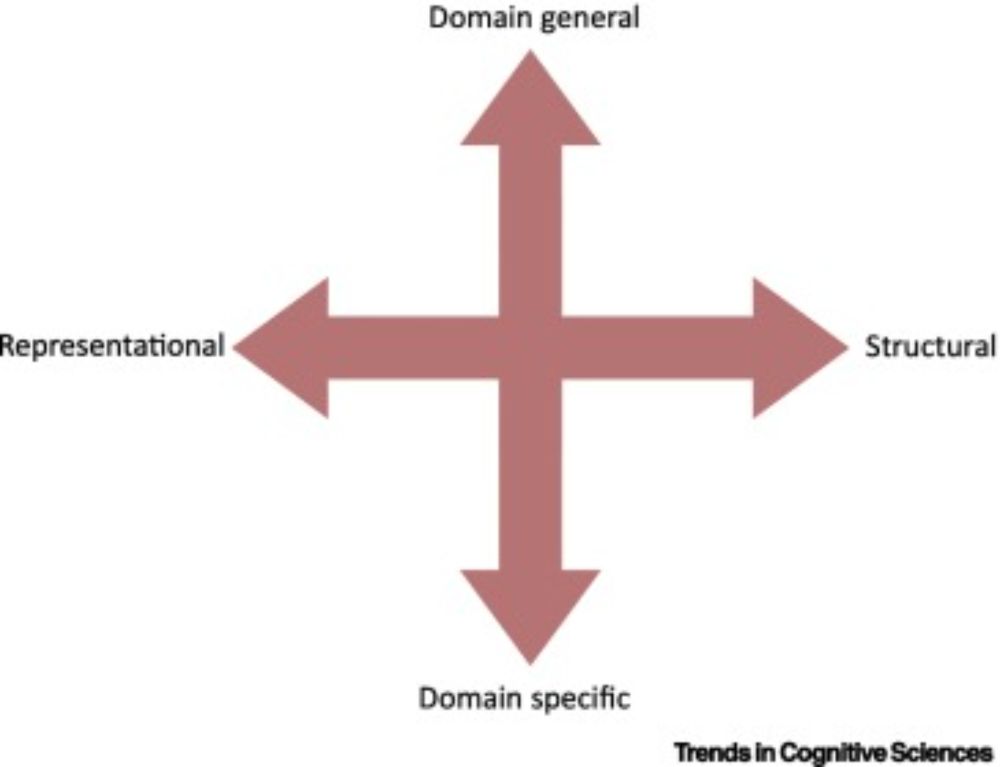
www.cell.com/trends/cogni... @mpi-nl.bsky.social

Join leading researchers for a deep dive into cutting-edge work in infancy research.
infantstudies.org/icis-online-...
#InfantResearch #InfantStudies
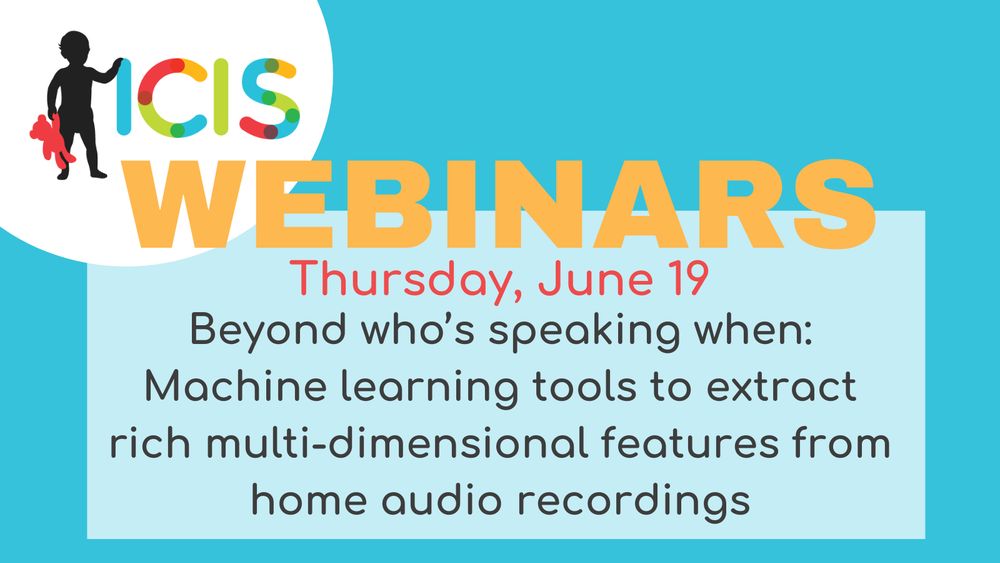
Join leading researchers for a deep dive into cutting-edge work in infancy research.
infantstudies.org/icis-online-...
#InfantResearch #InfantStudies
You know, beyond surveillance and chatbots 🙊
Sign-up and join our Interspeech tutorial: Speech Technology Meets Early Language Acquisition: How Interdisciplinary Efforts Benefit Both Fields. 🗣️👶
www.interspeech2025.org/tutorials
⬇️ (1/2)
You know, beyond surveillance and chatbots 🙊
We adapt the ABX task, commonly used in speech models, to investigate how multilingual text models represent form (language) vs content (meaning).
📄 arxiv.org/pdf/2505.17747
🙌 With Jie Chi, Skyler Seto, @maartjeterhoeve.bsky.social, Masha Fedzechkina & Natalie Schluter
If so, join us for our free, two-day workshop; 'Long Form Audio Recordings: A to Z', generously supported by Cardiff University Doctoral Academy.


If so, join us for our free, two-day workshop; 'Long Form Audio Recordings: A to Z', generously supported by Cardiff University Doctoral Academy.
Bayesian models can learn rapidly. Neural networks can handle messy, naturalistic data. How can we combine these strengths?
Our answer: Use meta-learning to distill Bayesian priors into a neural network!
www.nature.com/articles/s41...
1/n
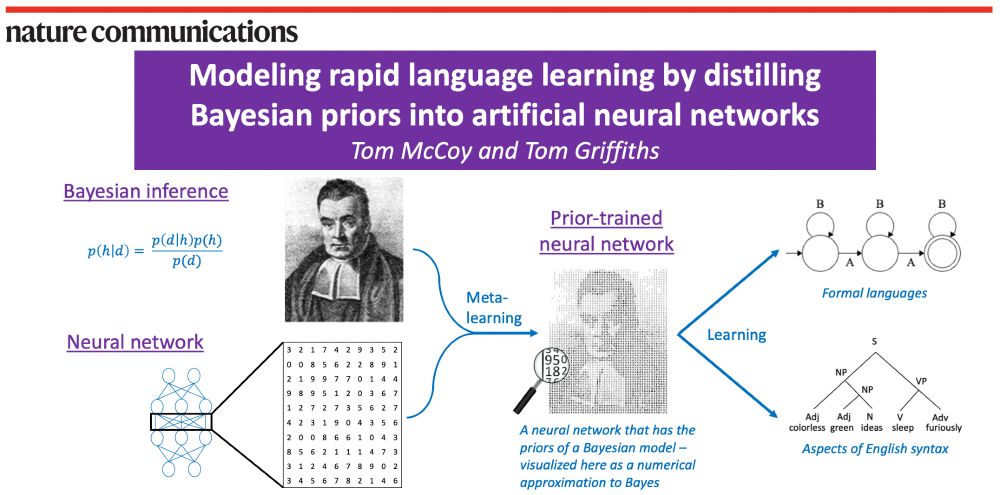
Bayesian models can learn rapidly. Neural networks can handle messy, naturalistic data. How can we combine these strengths?
Our answer: Use meta-learning to distill Bayesian priors into a neural network!
www.nature.com/articles/s41...
1/n
recognition support language learning across early
childhood": osf.io/preprints/ps...
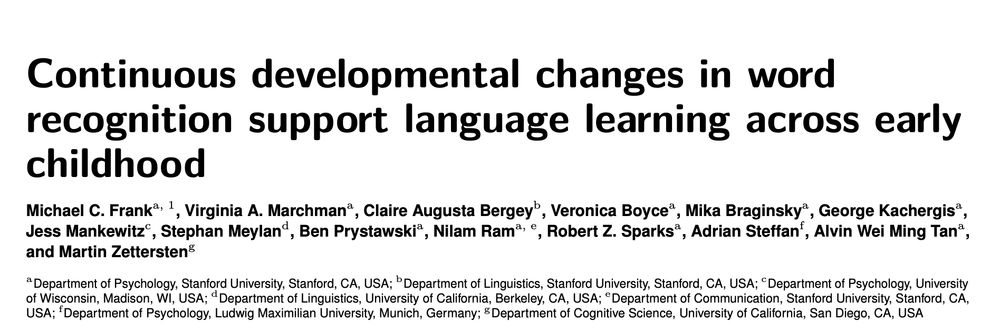
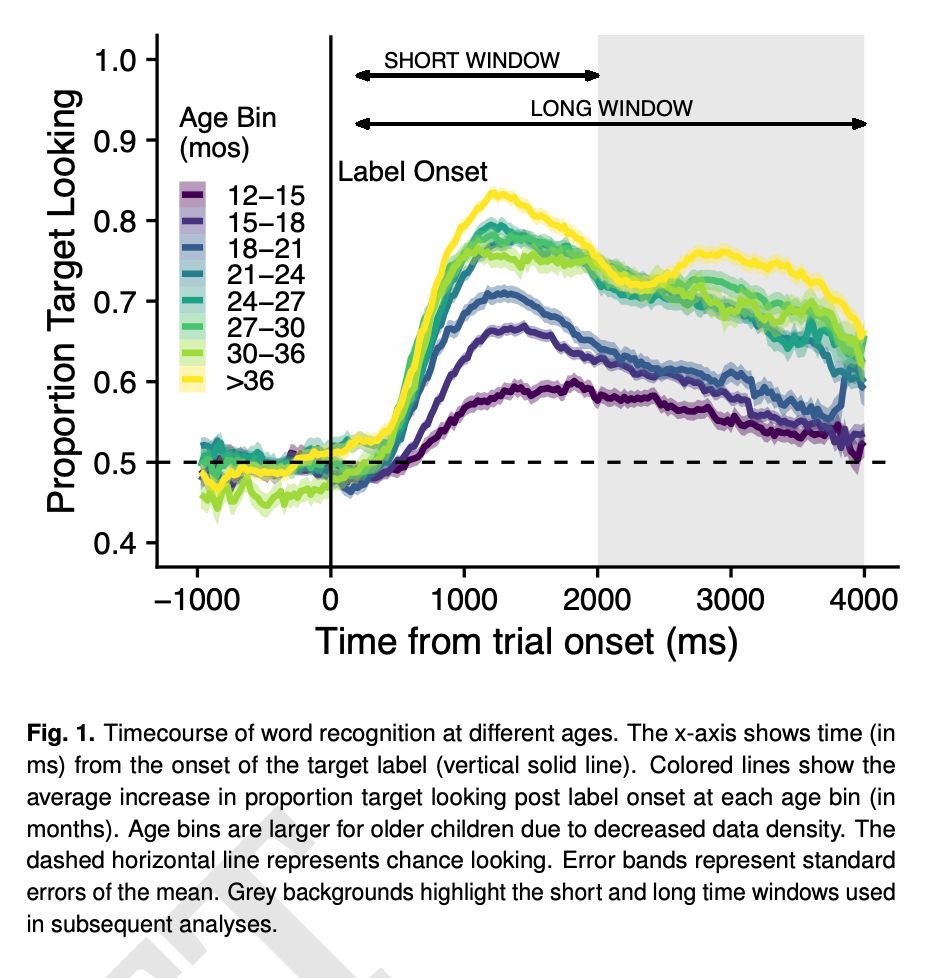
recognition support language learning across early
childhood": osf.io/preprints/ps...
onlinelibrary.wiley.com/doi/10.1111/...

onlinelibrary.wiley.com/doi/10.1111/...
osf.io/preprints/ps...
🧵1/12
osf.io/preprints/ps...
🧵1/12

